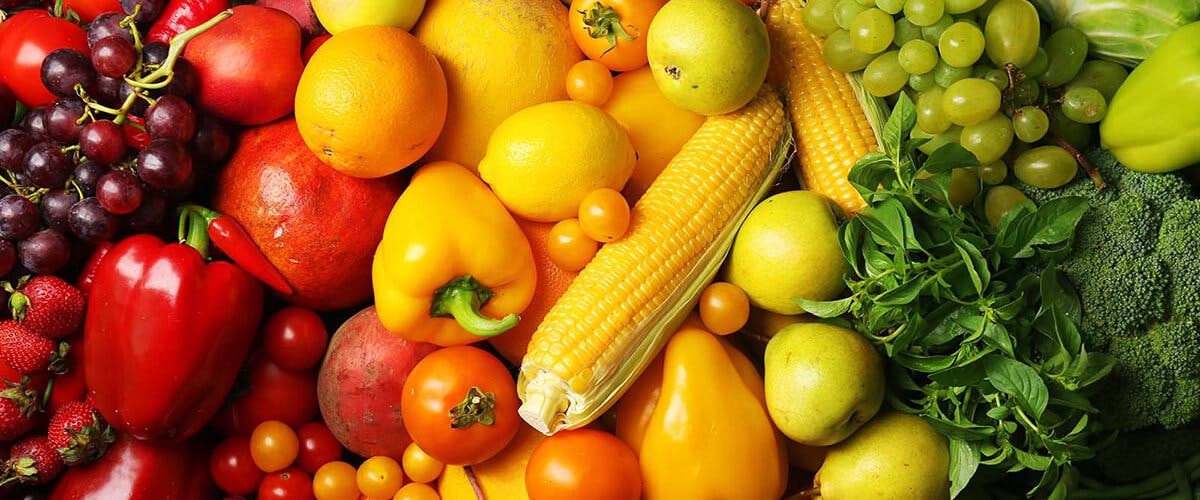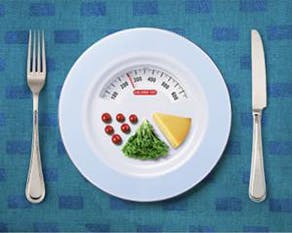The Key to Long-Term Bone Health
HEALTH & WELLNESS
05.30.2014

When you think of osteoporosis, you probably think of it as a women's-only disease. Not so. According to the National Osteoporosis Foundation (NOF), of the 10 million Americans estimated to have osteoporosis, 8 million are women and 2 million are men. The key to long-term bone health is to maintain a healthy lifestyle so your body can maintain strong bones.
Are You at Risk?
Some factors that may place you at higher-than-average risk for osteoporosis are:
- Over age 50
- Have a family history of osteoporosis
- Are thin and/or have a small frame
- Lead a sedentary lifestyle
- Use alcohol excessively
- Smoke
- Have used corticosteroids
- Lifetime of low Calcium and Vitamin D intake
Bone Support
These lifestyle changes are your first line of defense:
- Stop smoking.
- Limit alcohol to 1-2 drinks daily.
- Exercise 20 minutes or more three times a week. Mix strength-training (weight-lifting) and weight-bearing cardiovascular workouts, such as bicycling or walking.
- Get enough Calcium and Vitamin D on a daily basis.
Osteoporosis doesn't just affect women, and once you know your risk factors, you can arm yourself with knowledge and take a few simple steps to help reduce your risk. A few lifestyle changes, such as getting regular exercise and eating a healthy diet with enough Calcium and Vitamin D can help keep your skeleton strong. According to the U.S. Food and Drug Administration, adequate Calcium and Vitamin D, as part of a healthful diet throughout life, along with physical activity, may reduce the risk of osteoporosis in later life.
Image Credits: Valentyn Volkov/Shutterstock.com
Recommended Articles
The 5 Best Foods That Will Help Supercharge Your Brain
Amidst our busy schedule, it's important to retain our focus and memory. Resting alone is not...
Iron deficiency is a lot more common than you would think. A recent survey by SATA CommHealth(i...
Mars vs Venus: Understanding the His and Hers of Nutritional Needs
Mars vs Venus: Understanding the His and Hers of Nutritional Gaps Although their DNAs are...






